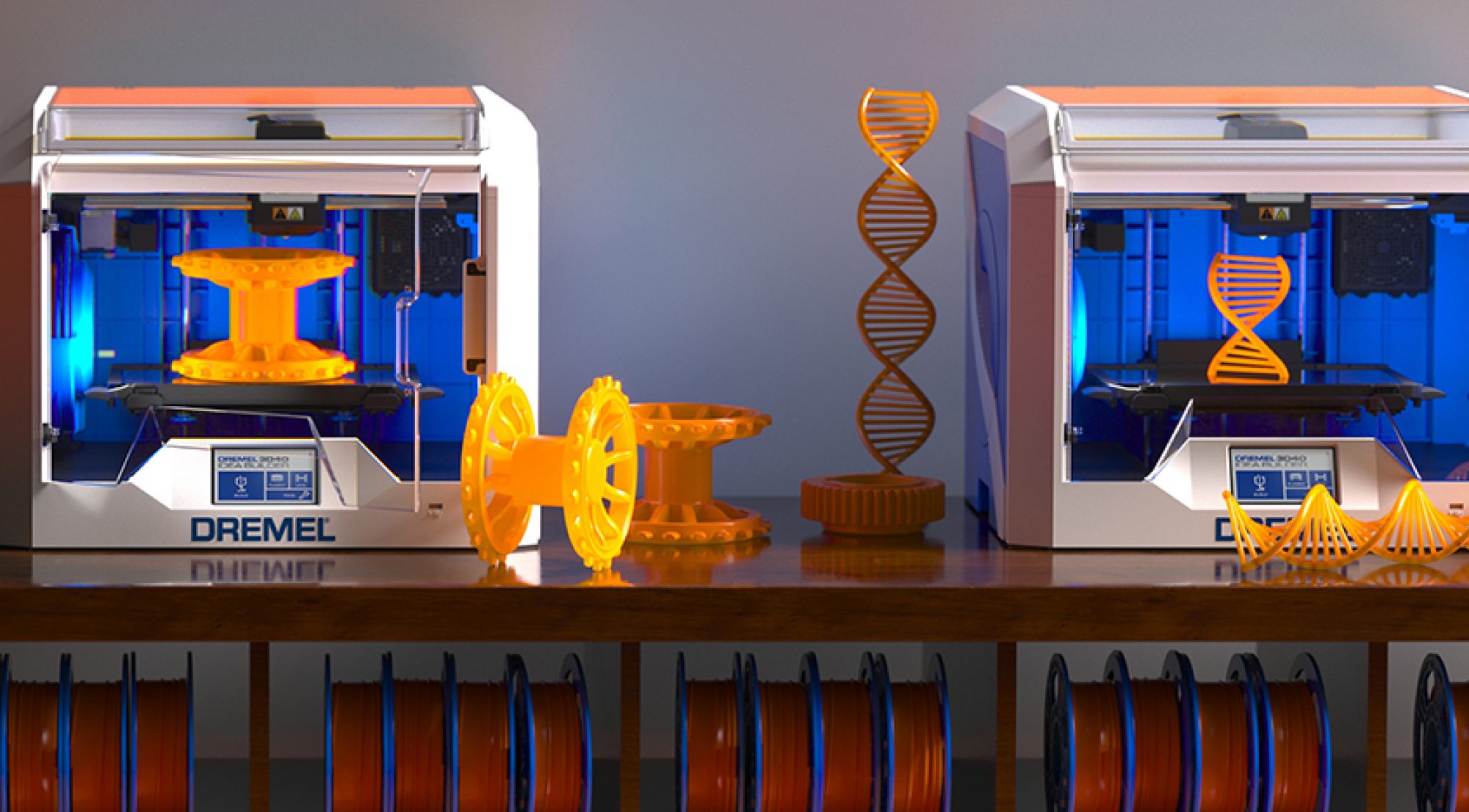This past week, I spend a good chunk of time refining my contribution to the design to match our new overall design (switching from the custom SBC and being a very hardware based project to using an RPi and focusing a lot more on the algorithms for the error detection).
In particular, Joshua and I began beefing up our research and ideas for what exactly we wanted to do to create as robust of an error detection as possible. We came to the conclusion of doing blob detection, edge detection, and 3D point cloud analysis. And over the course of this week, I focused mostly on the blob detection and edge detection.
We also had to reconsider what cameras to use, since the RPi has the option to include only one camera in parallel. We decided to keep the one camera we chose from before (which connects via U-ART Serial) and to have the second camera be a camera that is easily compatible with the RPi. We settled on the RPi camera board v2, because it is compatible with the RPi, has a very similar image sensor to our current camera, and additionally, it has the same lens mount as the other camera so that if we decide to buy wider lenses, the same lens can be put on both camera modules.
This upcoming week I will hopefully finally start implementing the blob detection. If the camera set up is done at the same time, we should be able to start testing soon 🙂
*note of a minor inconvenience
the reason that I haven’t been able to start implementing is that my laptop is so old, that it doesn’t automatically upgrade it’s software anymore. I have figured out how to override this, but I need to backup my laptop first, but I found that somehow my backup hard drive is broken(???) so I needed to buy a new one. Will be starting as soon as I can.
